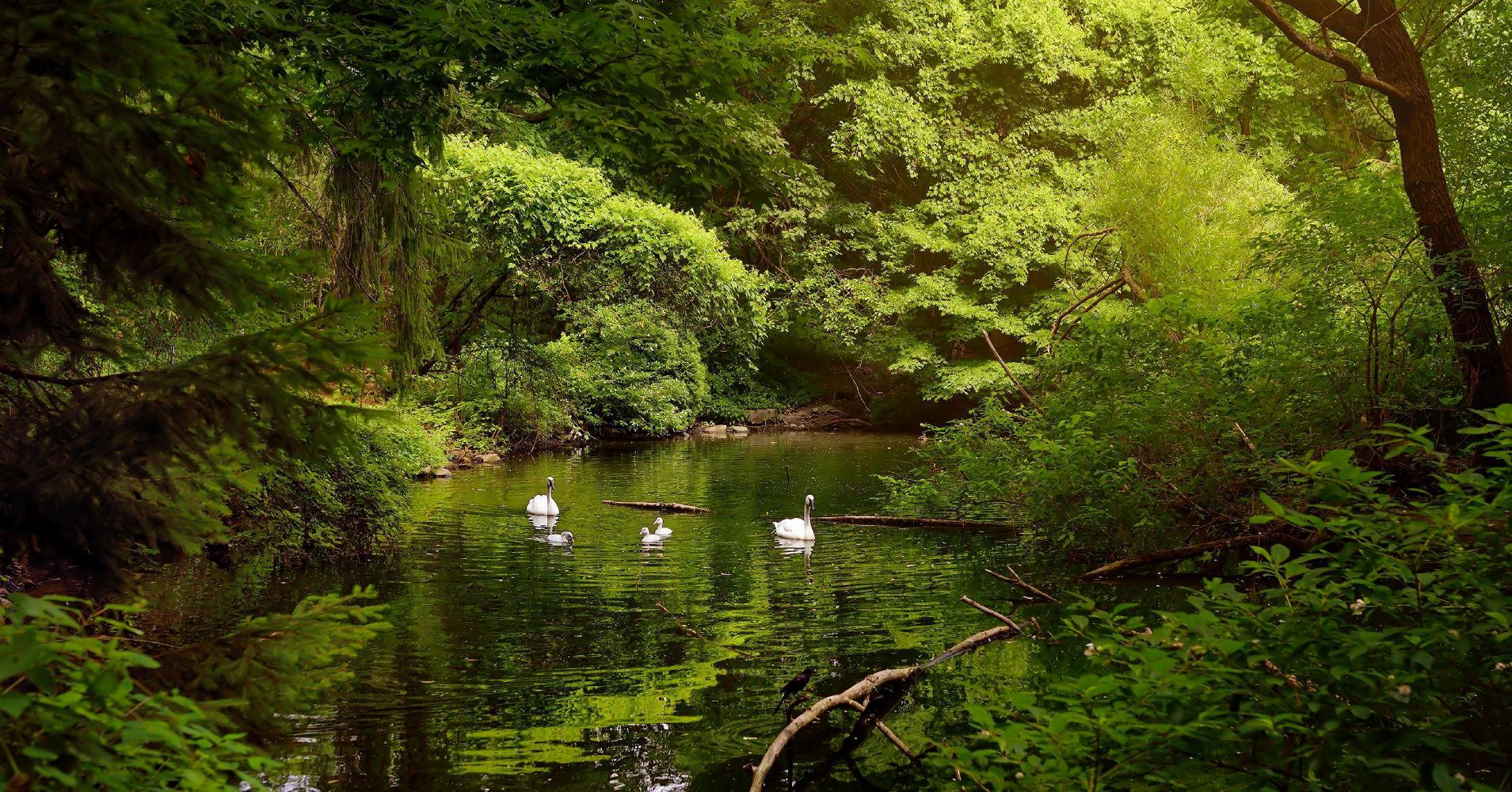Steve Weymer: Preventing Water Source Damage

Steve Weymer suggests that protecting water sources is not just an environmental issue—it is a fundamental necessity for human health, food security, and the survival of ecosystems. As water pollution rises globally, preventing damage to rivers, lakes, and groundwater has become more urgent. The challenge is serious, but with consistent efforts, it’s possible to safeguard our water for current and future generations.
Water sources are vulnerable to a wide range of pollutants. Agricultural runoff filled with fertilizers and pesticides seeps into streams and underground reserves. Industrial discharge brings chemicals and heavy metals into rivers. In towns and cities, stormwater picks up oil, litter, and toxins as it flows across streets and rooftops, dumping them directly into water systems. Even in households, careless disposal of cleaning products, medicines, and plastics contributes to long-term contamination. Every act that introduces unnatural substances into the water cycle causes incremental harm.
Preventing this damage begins with awareness and accountability. When people understand how everyday actions contribute to water degradation, they become more likely to change their habits. Simple behaviors like not pouring grease down the drain, choosing eco-friendly products, and properly disposing of hazardous waste can reduce
the burden on treatment systems and keep contaminants out of natural waterways. These choices, multiplied across communities, create a lasting impact.
Governments also have a vital role in prevention. Enforcing environmental regulations, monitoring pollution levels, and supporting sustainable agricultural and industrial practices are key steps in managing the sources of contamination. Infrastructure upgrades, such as better stormwater systems and wastewater treatment plants, can help prevent pollution from reaching rivers and lakes. Equally important is maintaining buffer zones—vegetated areas around water bodies that naturally filter out pollutants before they enter the water.
Communities can strengthen prevention through collective action. Organizing clean-up efforts, tree planting near water sources, and water conservation campaigns fosters a sense of shared responsibility. Local groups that monitor water quality or advocate for stricter protection laws add an essential layer of defense, ensuring that damage is spotted early and addressed quickly.
Preventing water source damage isn't about grand gestures but consistent, informed choices made by individuals, businesses, and leaders alike. Clean water doesn’t just appear on demand. It is protected drop by drop, decision by decision. Only by valuing our water and treating it with care can we preserve this life-giving resource for all who depend on it.
